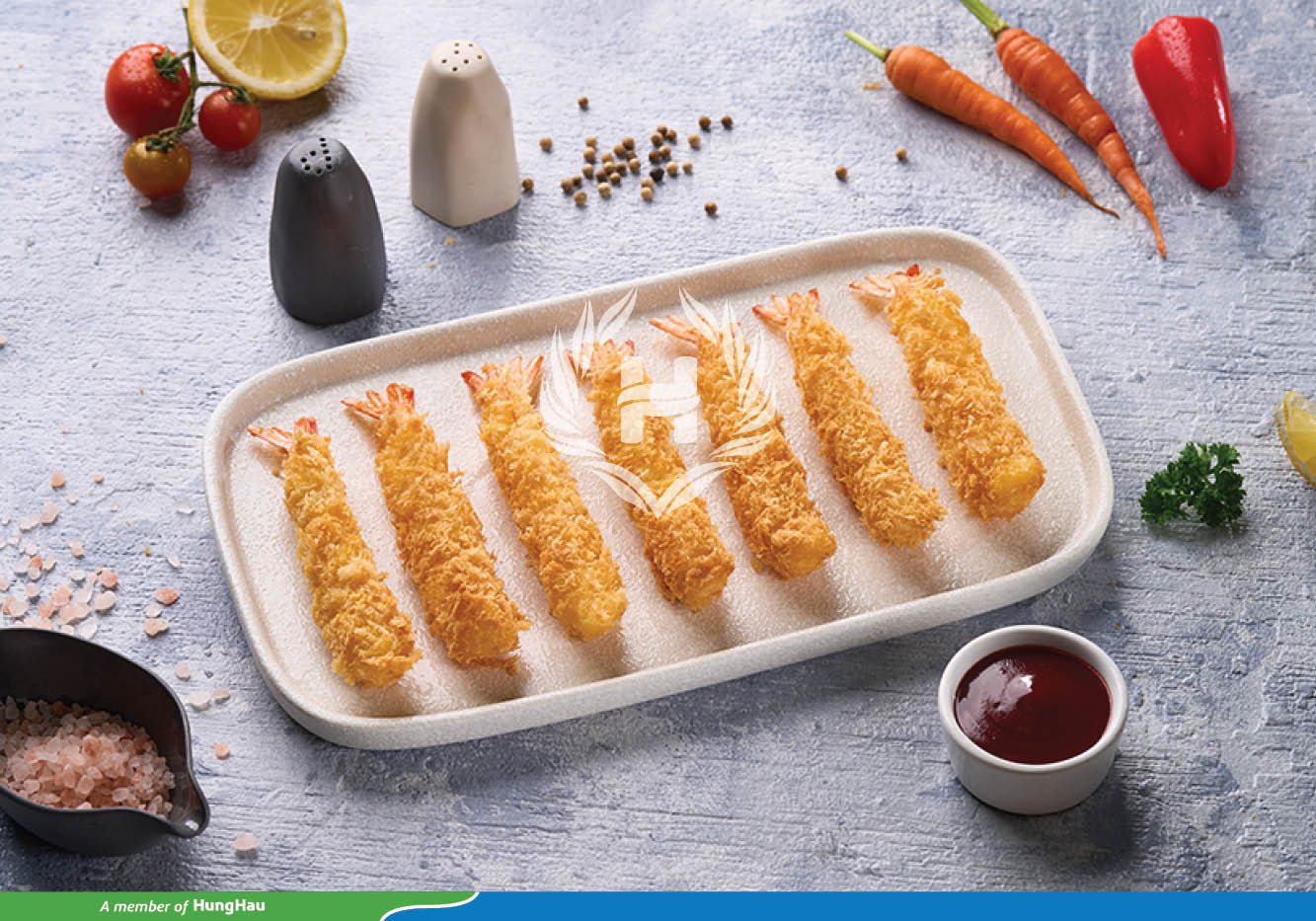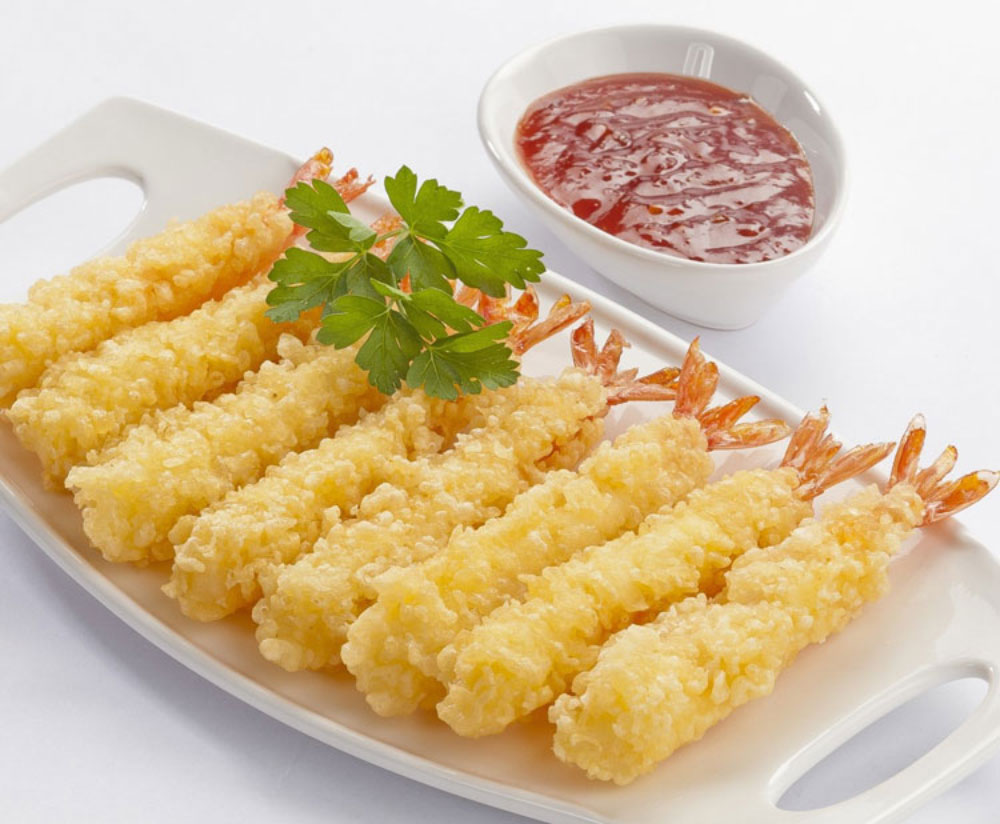Vietnam Seafood
Vietnam’s shrimp exports to Japan: Traditional advantages and competitive pressures
The growth trend in the first five months of 2025 continues the upward trajectory seen in the second half of 2024, when Vietnam’s shrimp exports to Japan reached USD 517 million, a modest 1% increase over 2023. In previous years, exports to this market either declined or posted only minimal growth. The 14% growth recorded in the first five months of this year is therefore a notable and encouraging signal, reflecting a possible market shift amid U.S. tariff challenges.
However, this positive momentum remains under pressure from several external factors — most notably exchange rate volatility and increasing competition, especially from Indonesia. The Japanese yen has depreciated by around 40% in recent years, reducing local purchasing power and making imported shrimp more expensive in yen terms.
Stable but Subdued Demand
Japan is known for its demanding standards in shrimp imports, prioritizing product quality, appearance and processing level. Japanese consumers favor highly processed shrimp products, such as breaded shrimp, tempura shrimp, sushi shrimp and peeled shrimp — product lines where Vietnamese exporters have a competitive edge. Currently, over 90% of Vietnam’s shrimp exports to Japan are value-added processed products.
However, the weak Japanese yen, which has depreciated by up to 40% in recent years, has significantly reduced purchasing power. The yen’s decline makes imported shrimp (in yen terms) more expensive, lowering domestic consumption. Additionally, Japan’s stringent regulations for exporters also impact shrimp export activities to this market.
Competitive Pressure from Indonesia and Other Rival Suppliers Indonesia’s Rising Challenge
Indonesia is rapidly emerging as a formidable competitor in the Japanese market. Facing high retaliatory tariffs from the U.S, the country is actively redirecting its 360,000–400,000 tons of annual vannamei shrimp production toward the EU and Japan. Leading Indonesian producers, such as CP Prima, have announced diversification strategies with Japan as a top-priority market. According to the International Trade Centre (ITC), Indonesia’s shrimp exports to Japan reached 101 million USD in the first four months of 2025, up 9.4% year-on-year.
Meanwhile, Vietnam’s exports also rose by 12.6% to over 150 million USD. However, the gap with Indonesia is narrowing and without an effective strategies, Vietnam risks losing its leading position in this market.
In addition to Indonesia, Japan has also increased shrimp imports from Ecuador (+49.9%) and India (+5%). This reflects a trend of suppliers seeking to diversify their markets in the context of U.S. tariff challenges.
In the first four months of this year, Japan’s shrimp imports reached 604 million USD, up 6% over the same period last year.

Vietnam’s Shrimp Structure and Advantages
Whiteleg shrimp accounts for 67% of the shrimp products exported to Japan, while black tiger shrimp makes up 18%. Value-added products such as fried shrimp and sushi-ready shrimp are Vietnam’s key competitive strengths. High processing capabilities, attractive designs and strong quality control have secured Vietnam’s shrimp a strong presence in Japan’s major distribution channels.
However, to maintain and expand market share, Vietnam needs to continuously improve product quality, reduce costs and invest in sustainable farming models — a direction highly appreciated by Japanese and international consumers.
Japan remains a stable and high-potential market for Vietnamese shrimp, especially amid global demand fluctuations. To boost exports, Vietnamese enterprises need to focus on promoting value-added processed products suited to Japanese consumer preferences such as breaded, fried, sushi and ready-to-eat shrimp. They must strictly comply with food safety regulations, invest in environmentally friendly farming models, aim for “green, clean” products and adjust pricing strategies flexibly in response to yen exchange rate volatility.
The business community has also proposed that agencies such as the Ministry of Foreign Affairs and the Ministry of Industry and Trade step up economic diplomacy and bilateral trade promotion to remove barriers, expand market share in Japan and support enterprises in improving logistics systems to reduce costs and delivery times.
Source: https://seafood.vasep.com.vn/



 Tiếng Việt
Tiếng Việt